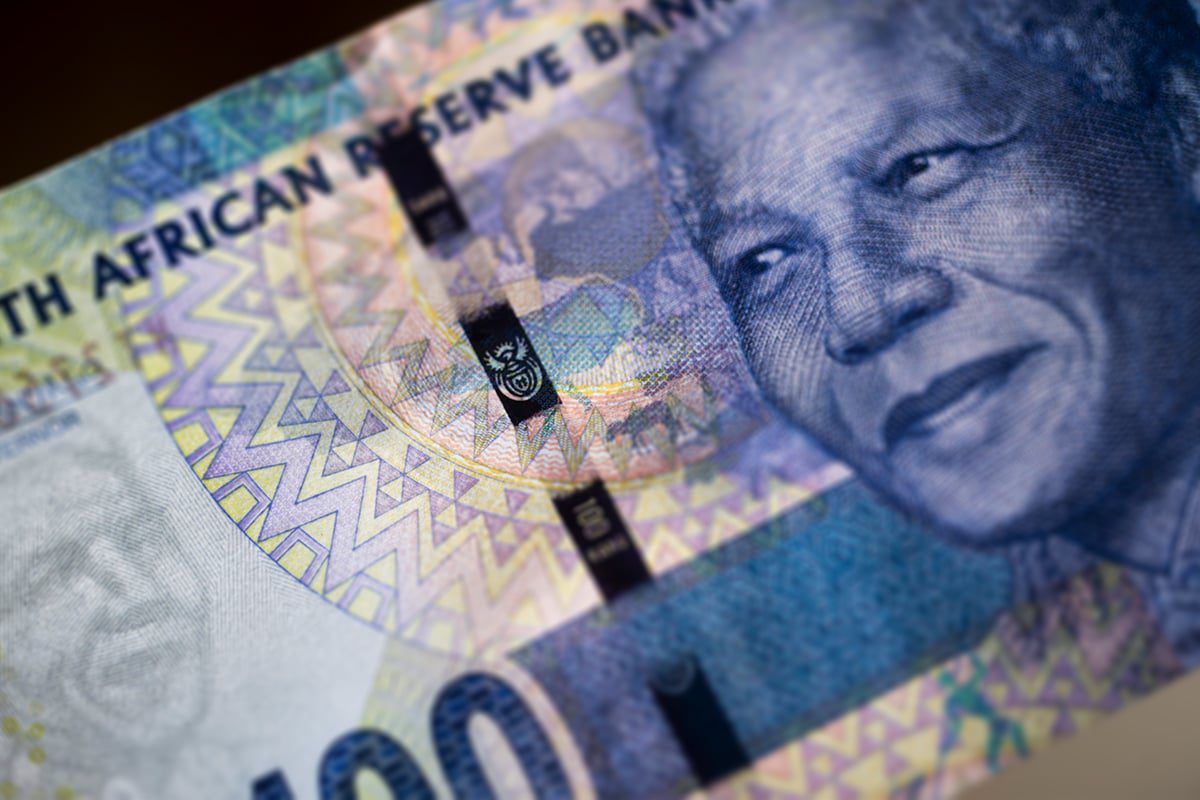Global Courant 2023-05-15 17:14:24
There will be another rate hike next week, making it harder for ordinary South Africans to make ends meet as monthly repayments would rise in line with the rate hike.
Several analysts and researchers point to another rise, making it the tenth consecutive hike in the interest rate cycle, which began in November 2021.
The next increase is expected to be announced on May 25 by the Monetary Policy Committee (MPC) of the South African Reserve Bank (SARB).
In its latest Weekly Review, the Bureau of Economic Research (BER) said it still suspects the SARB will raise the repo rate by 25 basis points next week; however, a surprise 50 basis point increase cannot be ruled out, especially if the edge does not strengthen significantly.
The rand took its toll late last week after allegations from the US ambassador to South Africa that South Africa had sold arms to Russia, crushing investor sentiment and sending the rand to its lowest point in history.
Since then, the coin has still not recovered and continues to be bogged down by downtime and a bad reputation.
In March, the MPC surprised the market by raising rates by 50 basis points, pushing the repo rate to 7.75% and the prime lending rate to a 14-year high of 11.25%.
This had serious knock-on effects on cash-strapped South Africans, who were forced to pay more each month in monthly installments such as bonds and vehicle asset financing.
A new increase is likely to put more financial pressure on these households.
Benay Sager, the head of DebtBusters, said credit has become much more difficult for many consumers as interest rates rise.
For example, Sager said that taking into account the most recent rate hike, average bond yields rose from 8.3% to 11.4% per annum in a short space of time. Average car financing rates rose from 12% to 14.8% in the same period.
“If you have a R1 million bond and owe R200,000 in vehicle finance, you are expected to pay almost R5,000 more per month,” he said.
Such increases prompt consumers to take out more personal loans.
According to the Debt Counseling Company, 96% of people who applied for debt counseling had a personal loan, indicating that consumers are supplementing their income with unsecured credit and personal loans.
Pieter Albertyn, Momentum’s head of product solutions, adds that interest rate hikes significantly increase the cost of borrowing, reducing the ability of ordinary working South Africans to save in the long run.
Financial services company Eighty20 reported that the average middle-class South African now spends about two-thirds of his salary on paying off his debts.
As for rate hikes, Albertyn said they’re just making things worse for many households and they’re in for a “bad run” if this continues.
In addition, Albertyn says the high cost of living poses an immediate threat to retirement savings.
He said higher living costs would likely cause individuals to lose focus on long-term investing and saving or even withdraw completely from their retirement savings without considering the consequences.
The chart below, provided by DailyInvestor, shows how much interest rates in South Africa have changed over the past ten years:
Read: The 12 Best Universities in South Africa








